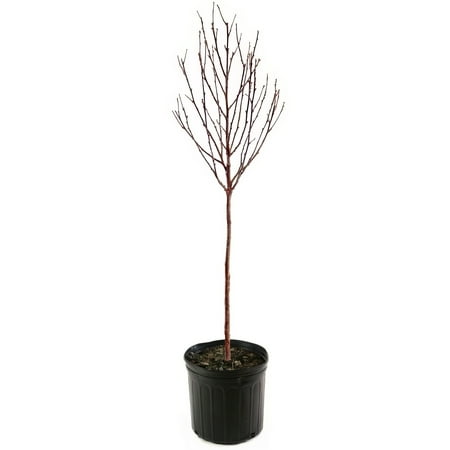Suffering from waterlogged soil in your yard? These 5 moisture-absorbing trees can solve drainage nightmares naturally and fast
These trees will prove useful during heavy rain and stormy weather
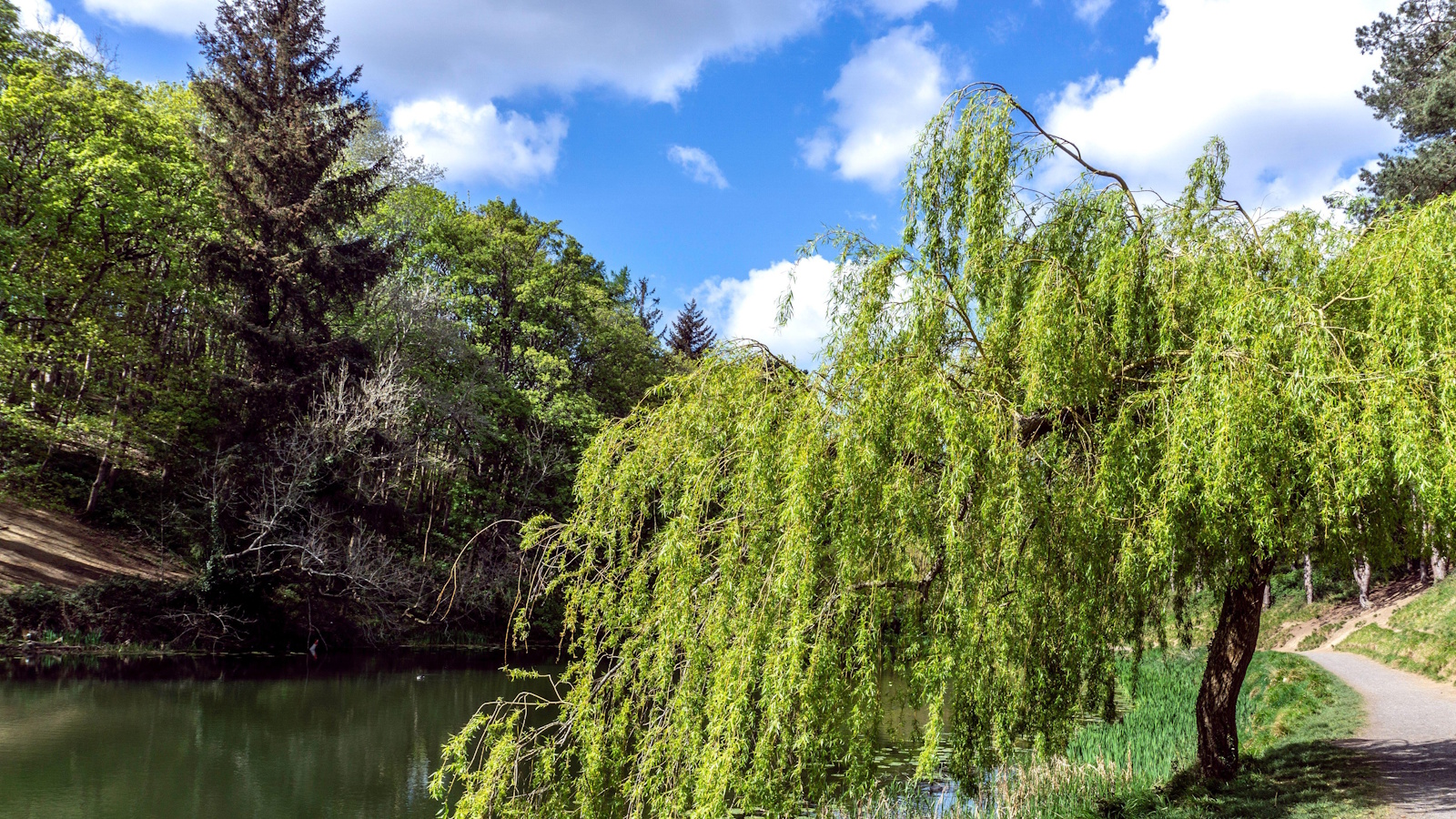

During stormy weather and periods of heavy rainfall, many yards can experience waterlogging or even flooding. Excess water in your yard can be more than just an inconvenience, it can lead to property damage. Fortunately for us gardeners, many trees can help with water absorption and reduce moisture levels.
Certain tree species, both native and non-native, have evolved to thrive in wet regions, with extensive root networks taking up large amounts of water. Growing species that have impressive water-absorbing abilities will help to ease the pressure on drainage systems during fall and winter.
So, if you are looking for plants for wet soil that you can utilize as a natural drainage solution, here are five of the best trees for water absorption, including elegant weeping willows and robust, resilient arborvitae, for attractive and practical borders this year.
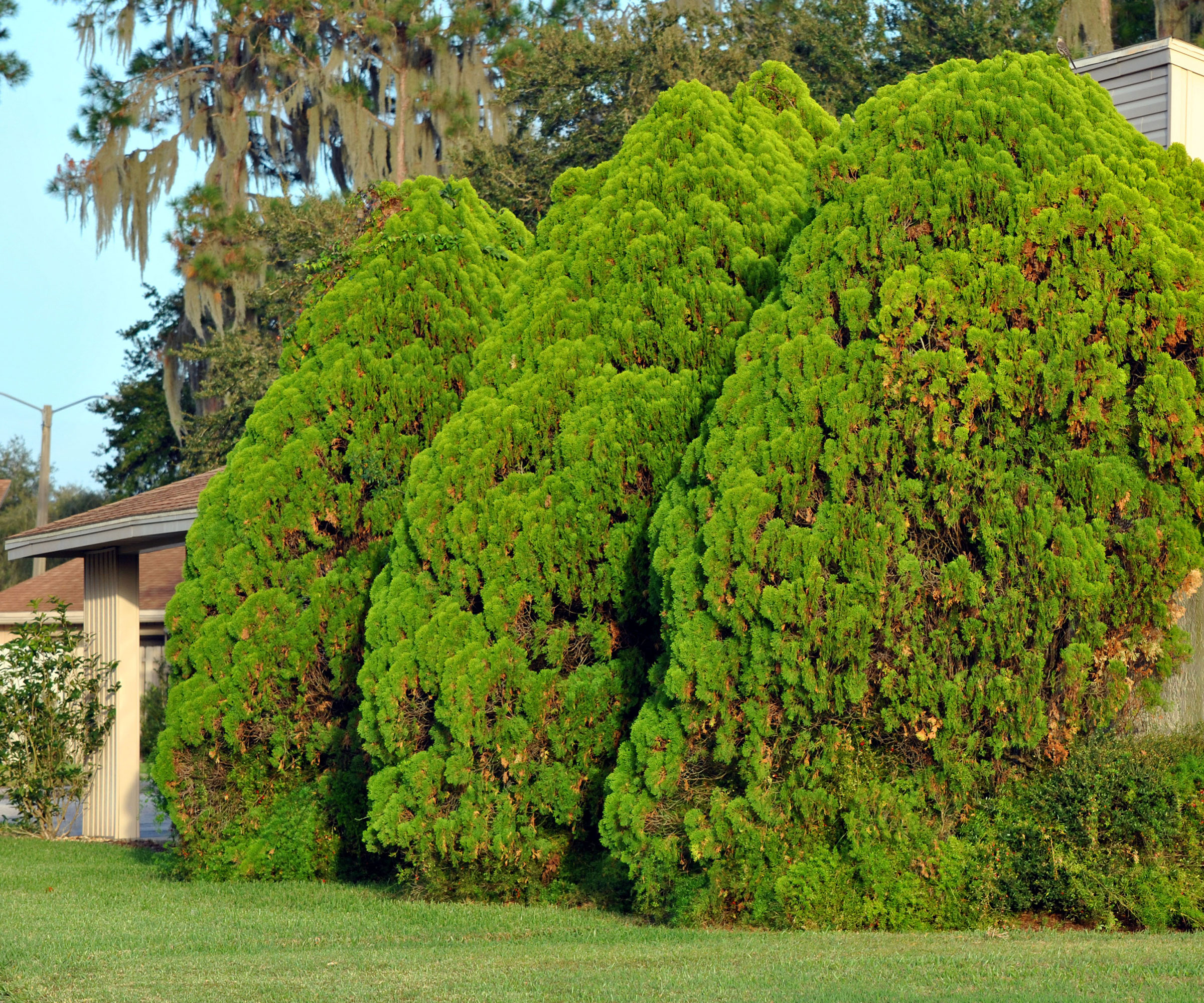
Best trees for water absorption
Levels of moisture in the soil vary depending on geology, climate and US hardiness zone. In northern regions that experience heavy snow and rainfall in winter, for example, waterlogging is common during January, February and March. However, using trees for water absorption is a clever landscaping trick that can help to improve drainage.
Even one large tree can make a difference, with some estimates suggesting that a single 100-foot-tall tree can absorb more than 11,000 gallons of water in a single growing season.
1. Willow
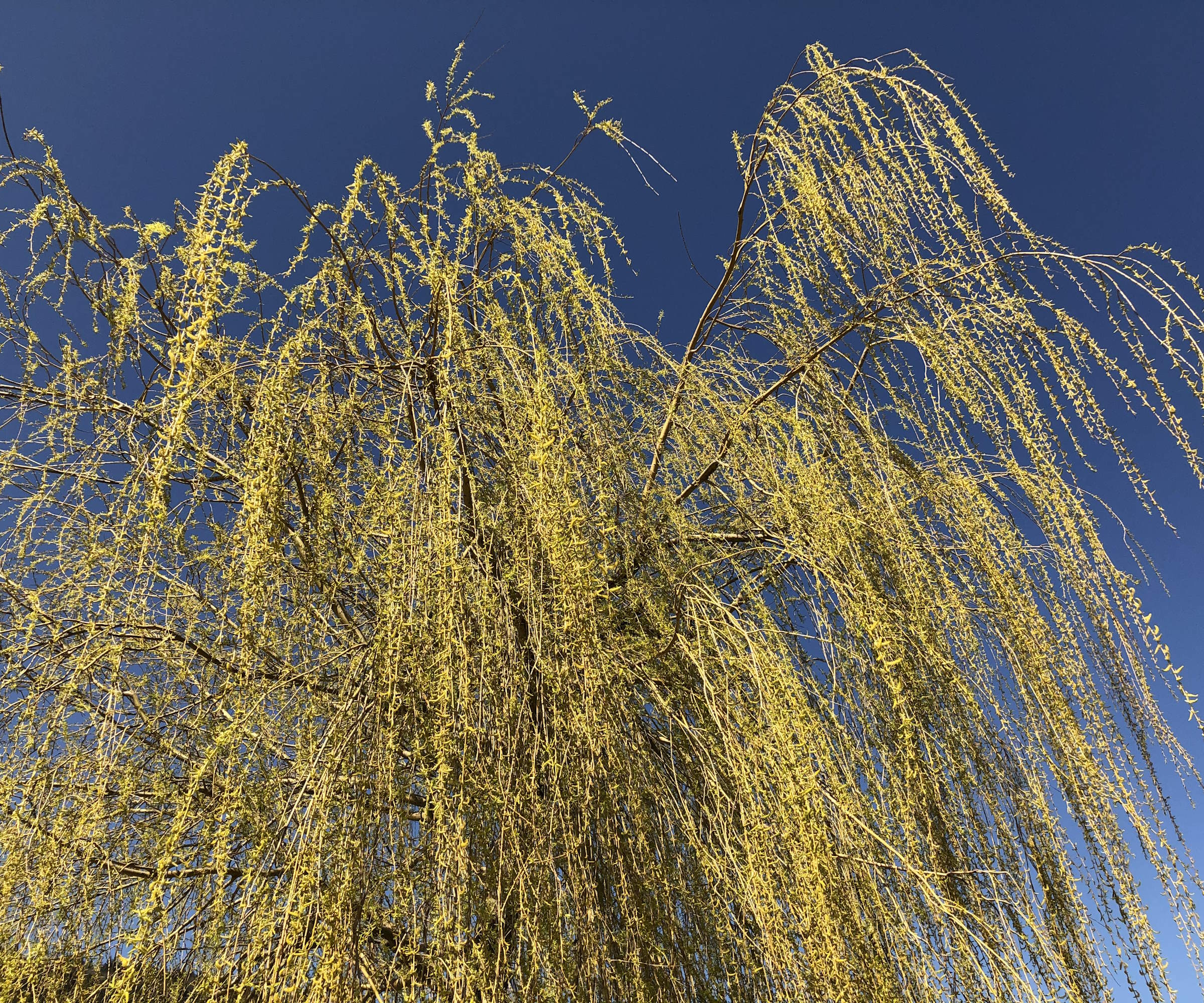
There are approximately 350 species of willow, or Salix, native to cool and temperate regions in the Northern Hemisphere. They come in many different shapes and sizes, and most are well suited to water absorption, particularly the weeping willow, Salix babylonica. or the white willow, Salix alba.
Most willow species can be grown from US hardiness zone 3 to zone 9, with a preference for full-sun and moist soil. A word of caution, however, is that 'these fast-growing trees need plenty of space,' says Florida-based tree expert Alex Kantor.
'With a rapid growth rate and extensive root system, willows can cause problems in smaller yards, disrupting pipes and outcompeting smaller plants,' Alex adds. 'At maturity, some species can reach 50 feet tall, so these are certainly trees to avoid planting close to a house.'
So, while they are well-regarded for water absorption, willows are best suited to larger, rural plots. Finally, always do your homework, as some willows are considered invasive trees in particular states.
While the standard weeping willow is far too large for a smaller space, there are several dwarf varieties that are better suited to smaller borders. For example, Salix integra 'Pendula' is one dwarf variety that is highly rated for water absorption but will not grow taller than three to four feet.
Weeping willow live plants are available from Walmart.

Alex has worked in the horticultural industry for over 20 years and grew up on the farm. He is an expert on landscape trees, shrubs, and indoor plants, and is passionate about growing and helping others learn the trade.
2. Red maple
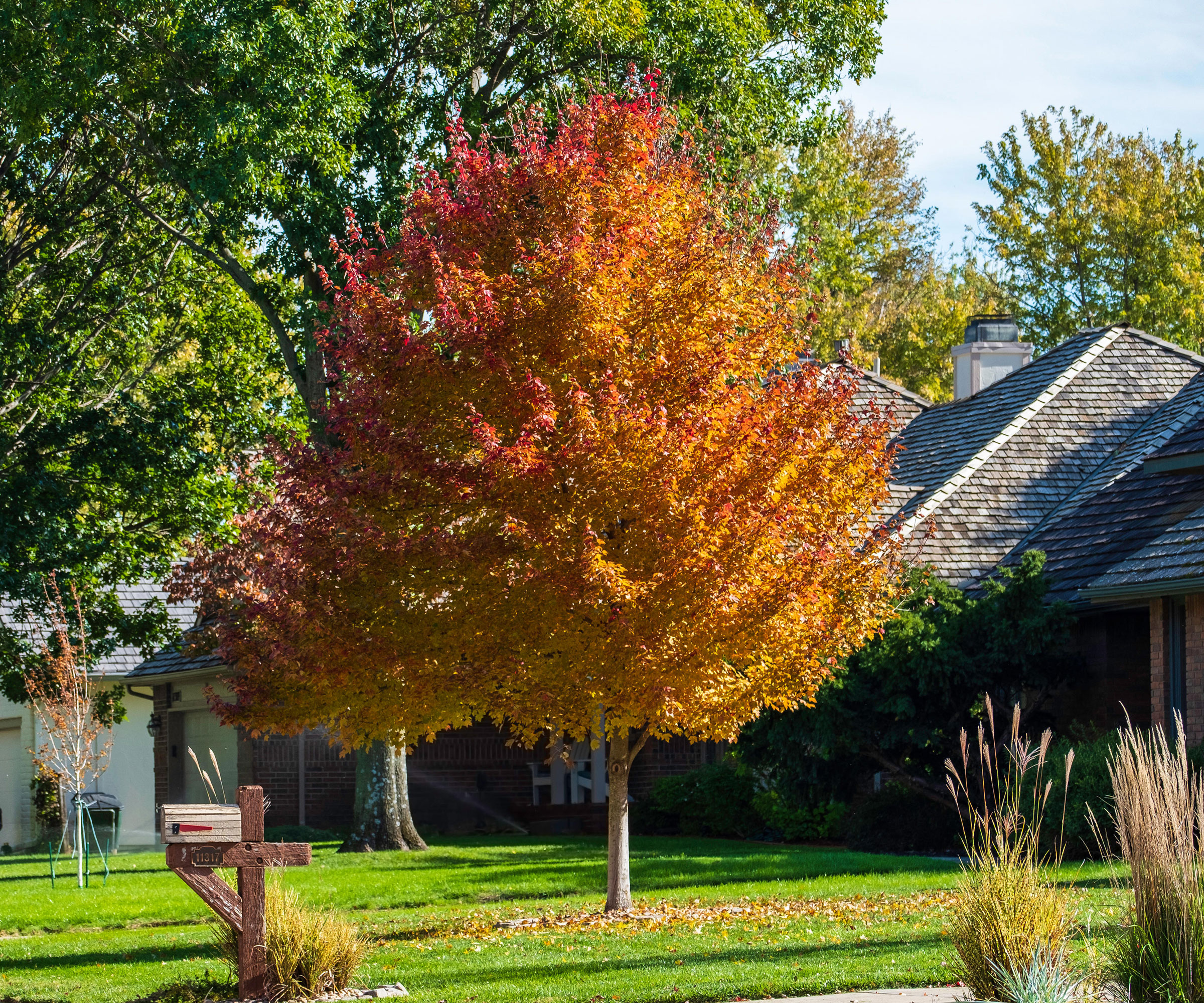
The red maple, or Acer rubrum, is a native alternative to Japanese maples. Found growing in swampy or wet areas across North America, the roots of the red maple can efficiently manage excess moisture in the soil, making this a good option for flood-prone regions.
Red maples grow best in US hardiness zones 3 plus, tolerating a variety of soil and light conditions. They can grow upwards of 60 feet, so for the best results, give them plenty of room to grow at the back of your plot.
Finally, this native tree is perhaps best known for putting on a brilliant fall display, with deep red foliage helping to mark the transition into fall. Practical and beautiful, all in one tree.
Red maple live plants are available from Walmart.
3. River birch
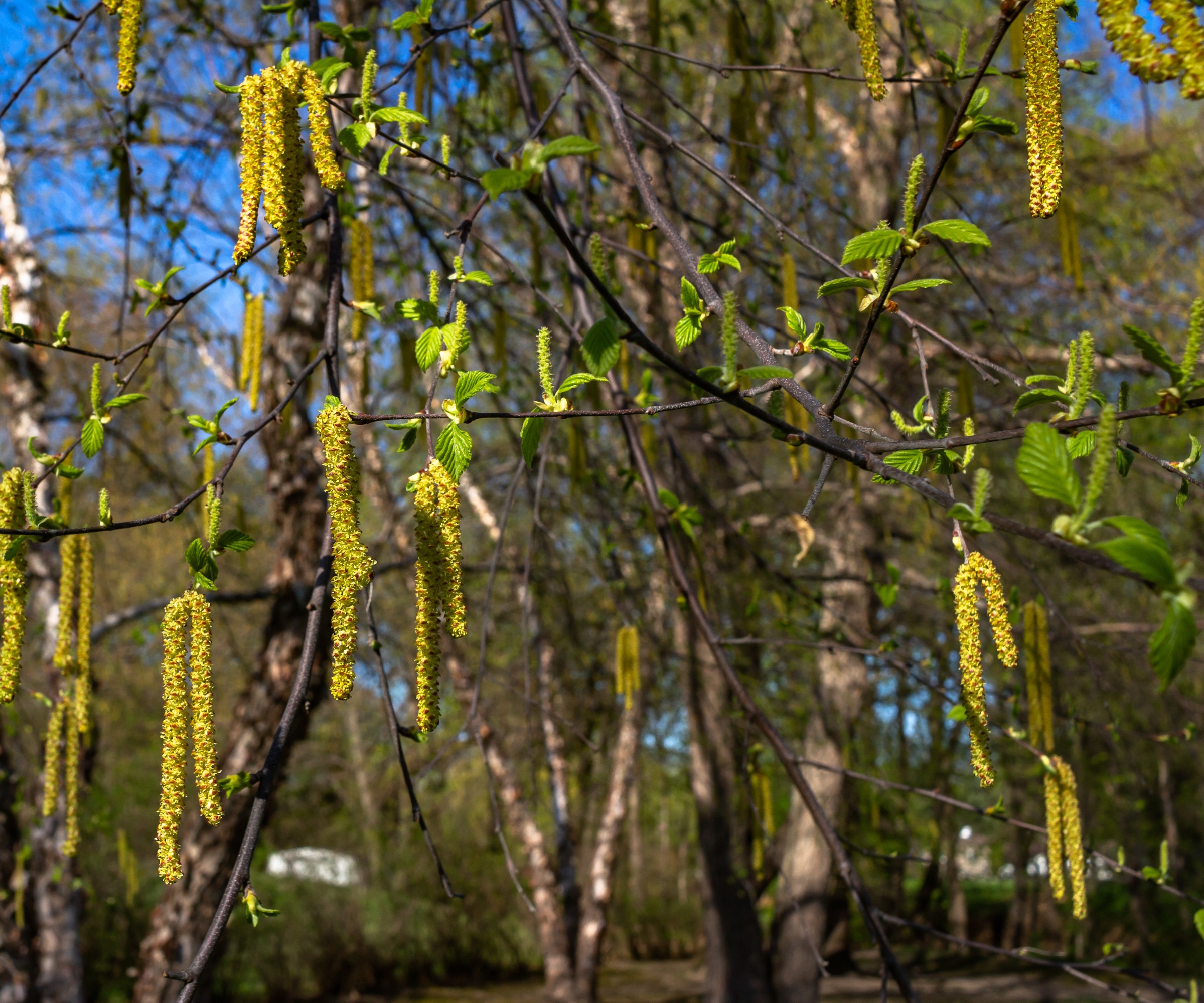
For a native option that is well suited to wet, poorly drained soils, try growing the river birch, or Betula nigra. As you might guess by the name, the natural habitat of the river birch includes riverbanks, making it a good choice for regions with periodic flooding.
The river birch can be grown from US hardiness zone 4 to zone 9 with a preference for full sun. It produces shallow but wide-spreading roots that absorb moisture while also stabilizing the soil.
Just be sure to give the tree plenty of room to grow - at maturity, river birches can reach up to and over 60 feet tall. While you can prune the tree to limit its height, remember that the bigger the tree, the greater its ability to absorb moisture.
River birches are also known for their peeling bark, which adds year-round visual interest and texture to borders, complementing the golden-yellow foliage display in the fall months.
River birch live trees are available from Walmart.
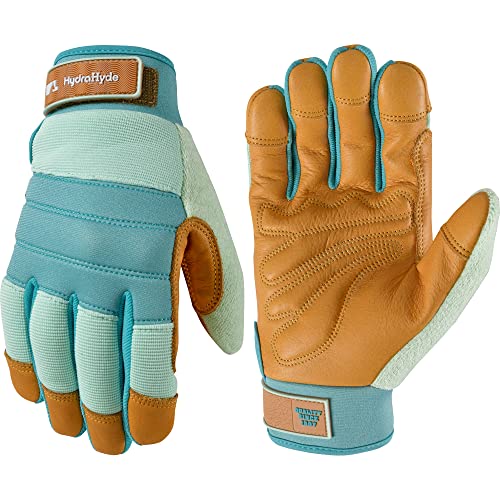
These gardening gloves will keep your hands safe when digging holes to plant water-absorbing trees.
4. Eucalptus
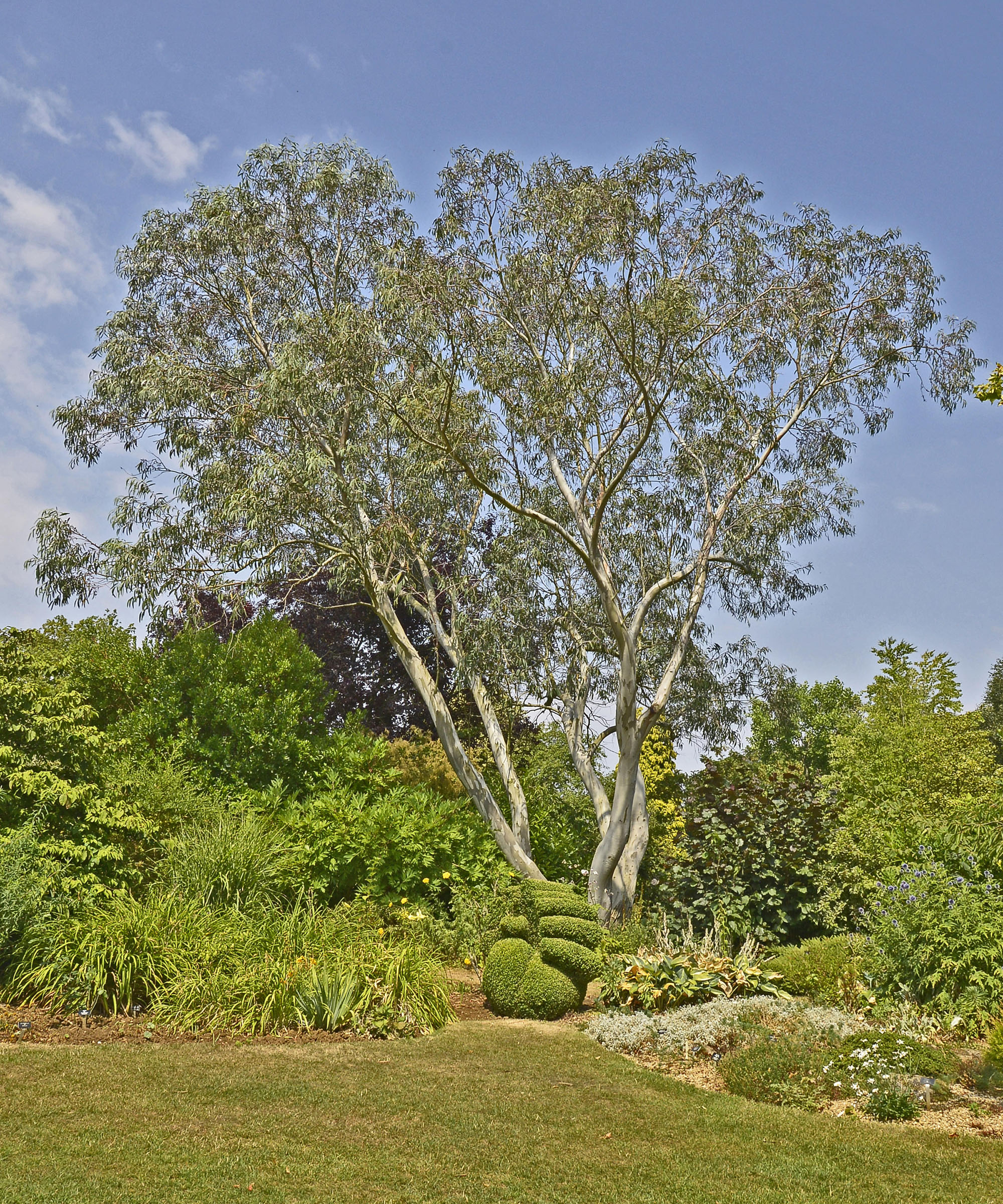
There are over 700 different eucalyptus species growing worldwide, most of which are native to hot regions in Oceania. However, some species, such as the swamp gum, Eucalyptus ovata, or the river red gum, Eucalyptus camaldulensis, thrive in boggy, wet soils.
Both of these two options are best suited to mild, temperate areas from US hardiness zone 8 to zone 10, with a preference for sunshine and high humidity.
In very dry areas, eucalyptus trees can be a fire hazard, as their foliage and bark are notoriously flammable. What's more, they can reach upwards to 100 feet tall if left unpruned, so any eucalyptus species are best suited to large yards and should be planted far away from the home.
Eucalyptus live trees are available from Amazon.
5. Arborvitae
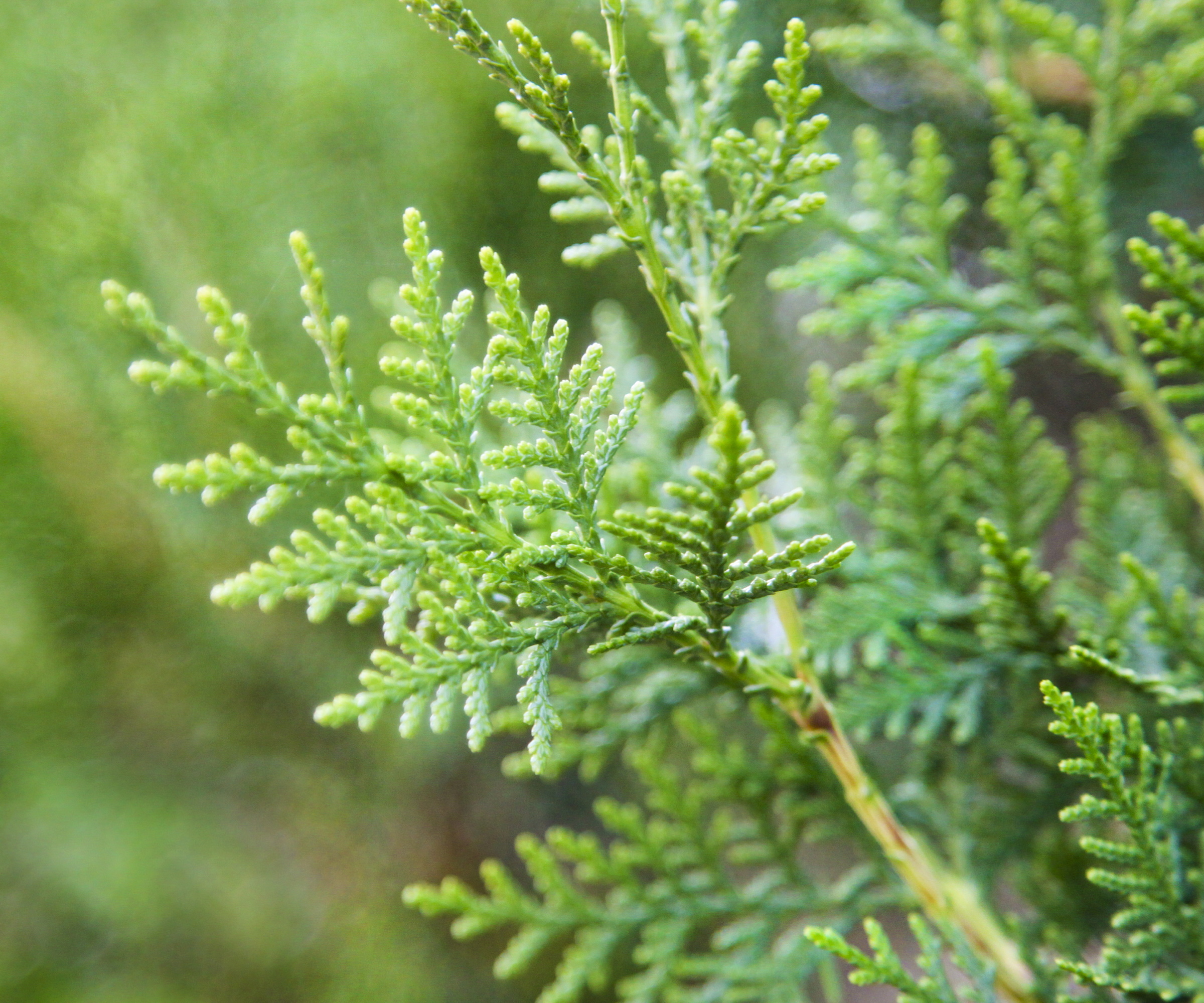
'Arborvitae, or Thuja, are often considered fast-growing hedges, shrubs or trees, showcasing remarkable growth in short periods,' says Bert Bast, garden expert and owner of Bast Brothers Garden Center.
'The ‘Green Giant’ variety can grow two to three feet per year once established,' Bert adds, 'which is helpful if you are looking to fill a gap in a sunny yard.
'These are some of the easiest evergreen trees to grow and are fully hardy, growing down to zone 3,' Bert says. 'What's more, they can tolerate very wet environments, making them a great choice for areas with consistently moist soil in fall, winter and spring.'
Arborvitae live plants are available from Amazon.
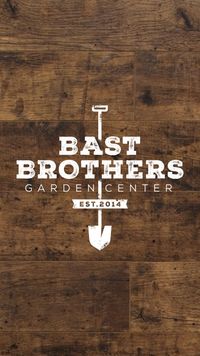
Bert Bast is a garden expert and owner of Bast Brothers Garden Centre. Established in 2014 and nestled in the heart of Mullica Hill, NJ, Bast Brothers Garden Center is a destination for all things garden.
Whatever trees for water absorption you opt to grow, remember that planting is best done from fall until early spring, typically around November until March. Select a week when the temperature is cold but not frosty, and avoid planting into waterlogged soil.
For more gardening inspiration, see our guide to some of the best low-maintenance trees, to fill your yard with adaptable and resilient species that require little attention.
Sign up to the Homes & Gardens newsletter
Design expertise in your inbox – from inspiring decorating ideas and beautiful celebrity homes to practical gardening advice and shopping round-ups.

Thomas is a Content Editor within the Gardens Team at Homes and Gardens. He has worked as a professional gardener for both public spaces and private estates, specializing in productive gardening, growing food and flowers. Trained in Horticulture at the Garden Museum, he has written on gardening and garden history for various publications, including The English Garden, Gardens Illustrated, Hortus, The London Gardener and Bloom. He has co-authored a Lonely Planet travel book, The Tree Atlas, due out in 2024.
-
 I was looking for a way to bring the quiet luxury aesthetic into 2026 – Stephen and Ayesha Curry's kitchen backsplash is the solution
I was looking for a way to bring the quiet luxury aesthetic into 2026 – Stephen and Ayesha Curry's kitchen backsplash is the solutionQuiet luxury shows no signs of wavering, but how will it evolve? The basketball player's backsplash is the perfect way to introduce it to your kitchen
-
 5 seasonal items you should always clean before storing – cleaning experts reveal it's crucial for preventing mold, musty odors, and pests
5 seasonal items you should always clean before storing – cleaning experts reveal it's crucial for preventing mold, musty odors, and pestsIt’s a must to keep them safe, experts warn
-
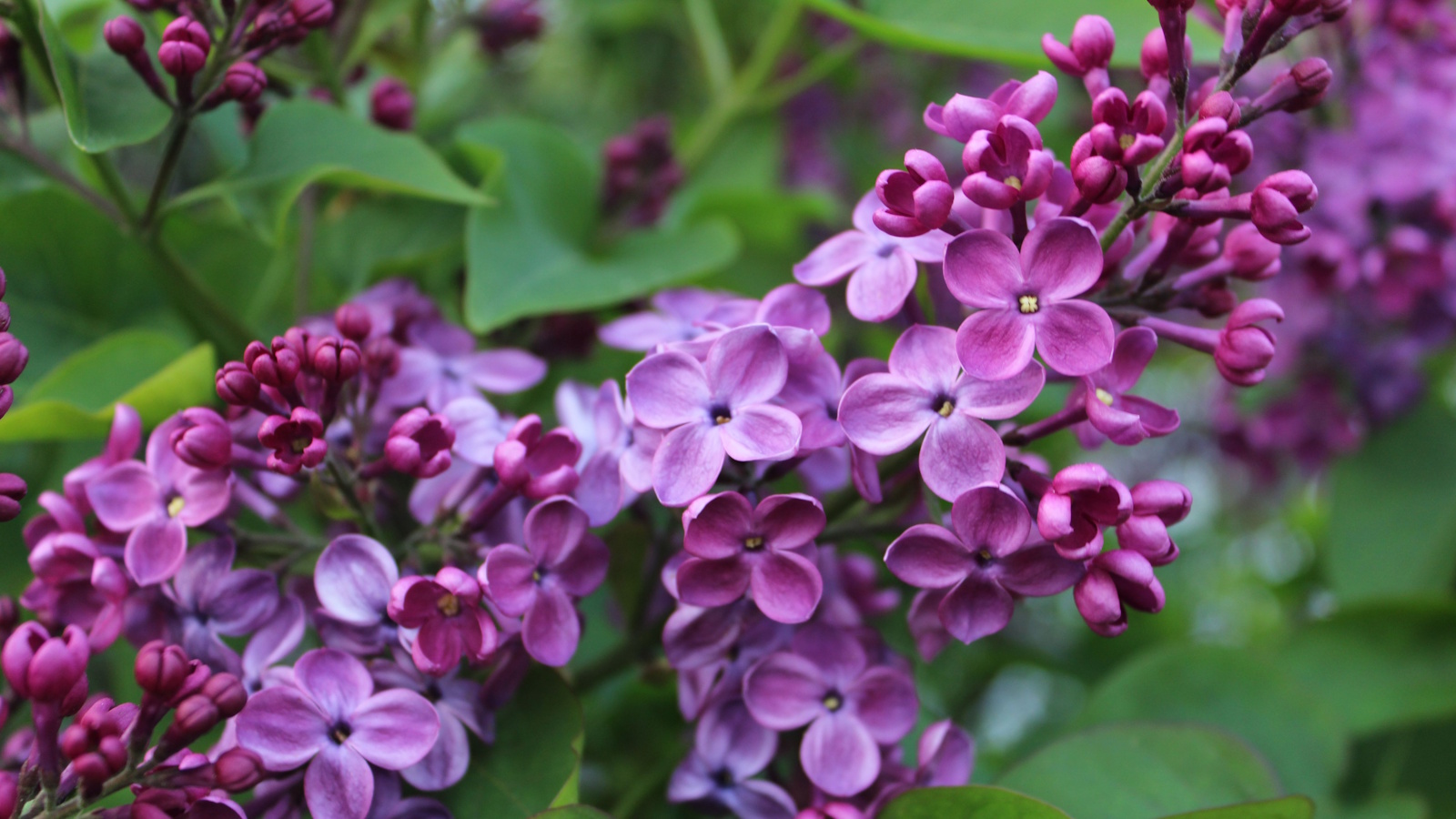 Is it necessary to deadhead lilac flowers? Here's what I've learned after a decade working as a professional gardener
Is it necessary to deadhead lilac flowers? Here's what I've learned after a decade working as a professional gardenerDeadheading spent lilac blooms can help to improve the appearance of your plants, but it won't encourage any more blooms
-
 Best climbers to attract hummingbirds – 5 nectar-rich vines with vibrant, colorful flowers to fill pots and borders
Best climbers to attract hummingbirds – 5 nectar-rich vines with vibrant, colorful flowers to fill pots and bordersHummingbirds, butterflies and bees will not be able to stay away from these easy-to-grow flowering climbers
-
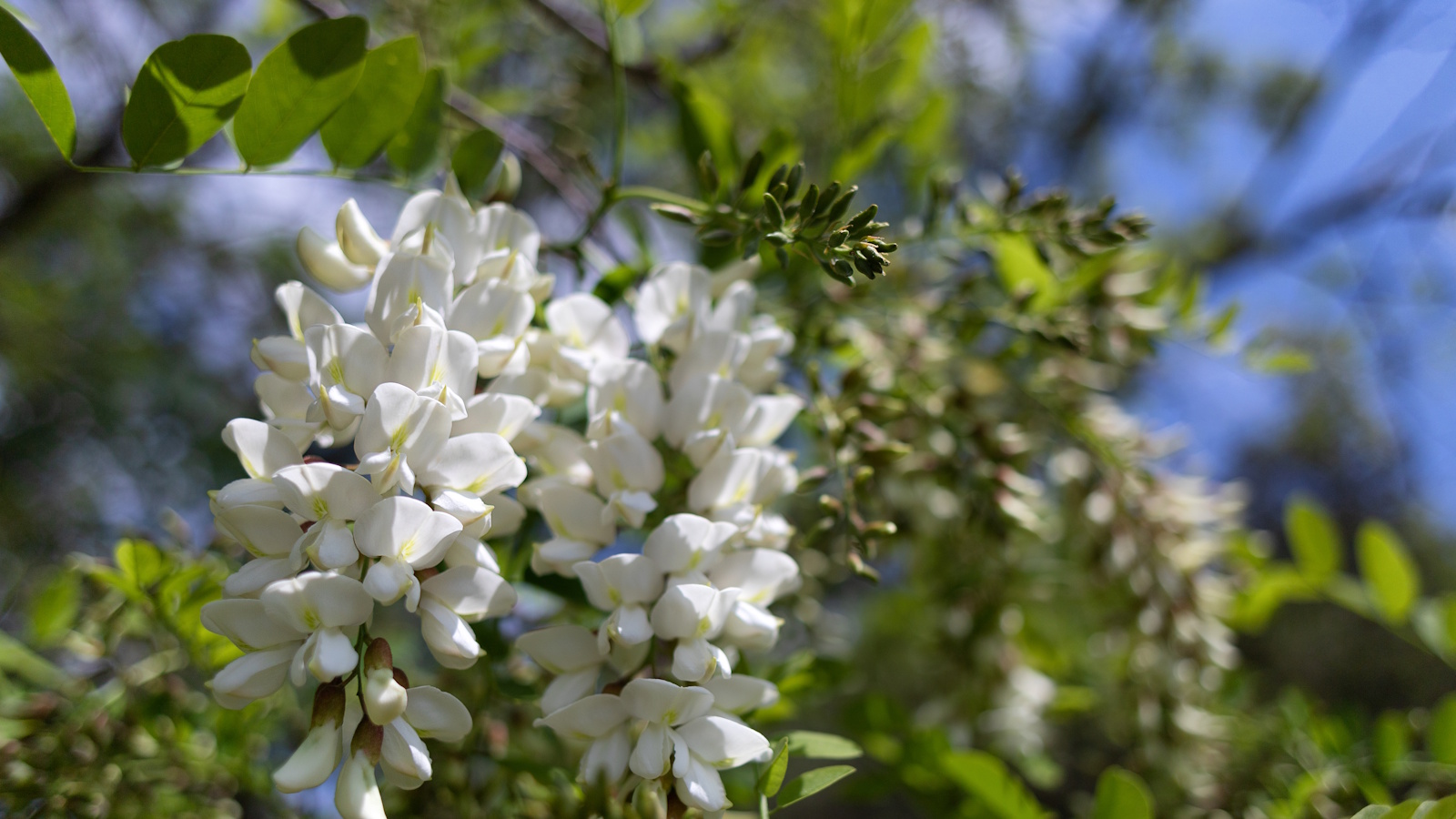 5 plants with thorns and spines to avoid in family gardens – plus the safer alternatives to grow instead
5 plants with thorns and spines to avoid in family gardens – plus the safer alternatives to grow insteadWhile these plants are good for intruder-proofing your yard, they might not be ideal in homes with young children or pets
-
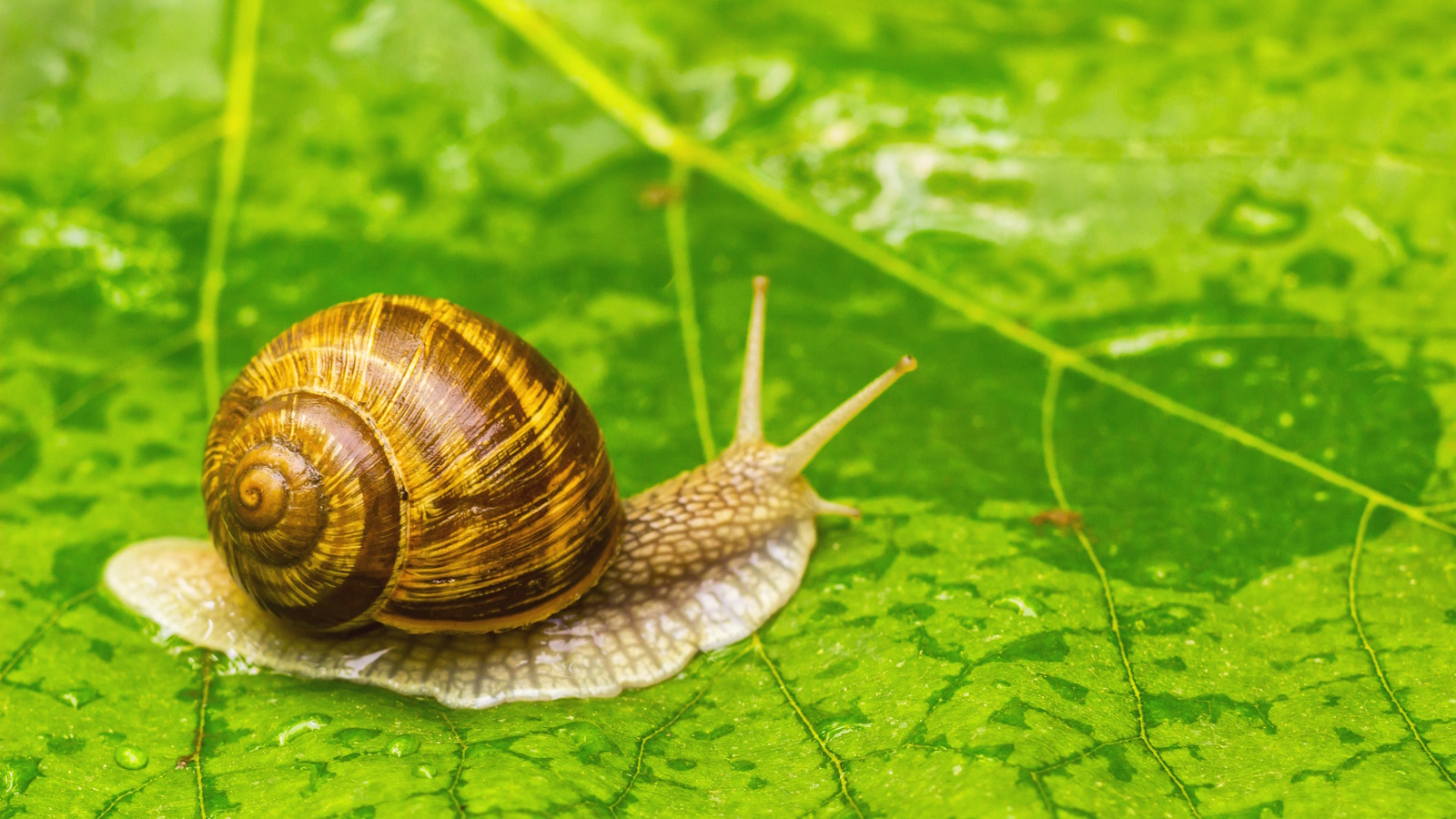 This common vegetable is the best natural defence against slugs and snails – and you probably already have one in your fridge
This common vegetable is the best natural defence against slugs and snails – and you probably already have one in your fridgeHere's how to pest-proof your flower beds and veg garden this year
-
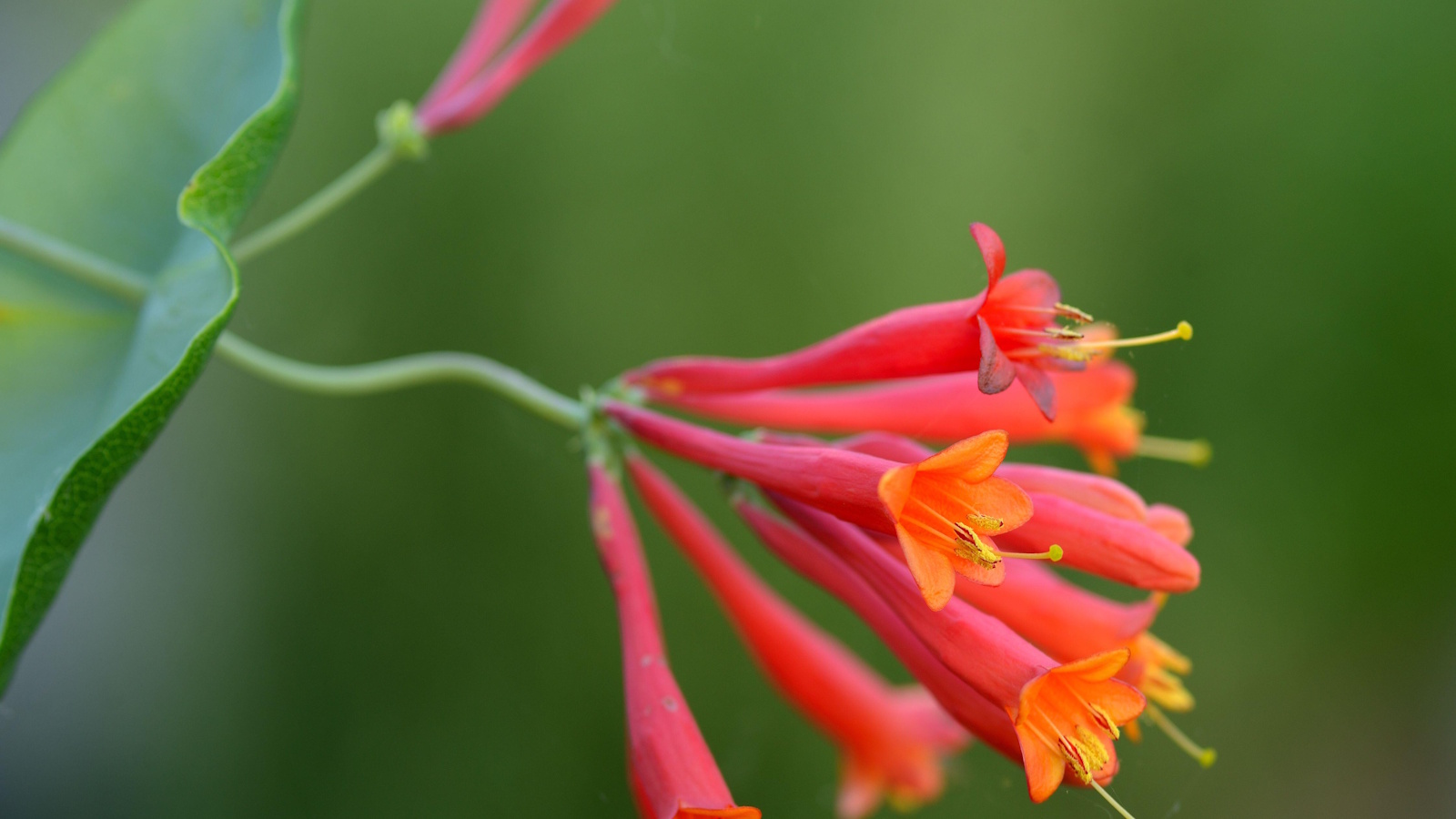 Native alternatives to invasive wisteria – 5 North American climbing plants with spectacular foliage and flowers to grow instead
Native alternatives to invasive wisteria – 5 North American climbing plants with spectacular foliage and flowers to grow insteadThese native vines will fill garden walls, fences and pergolas with greenery
-
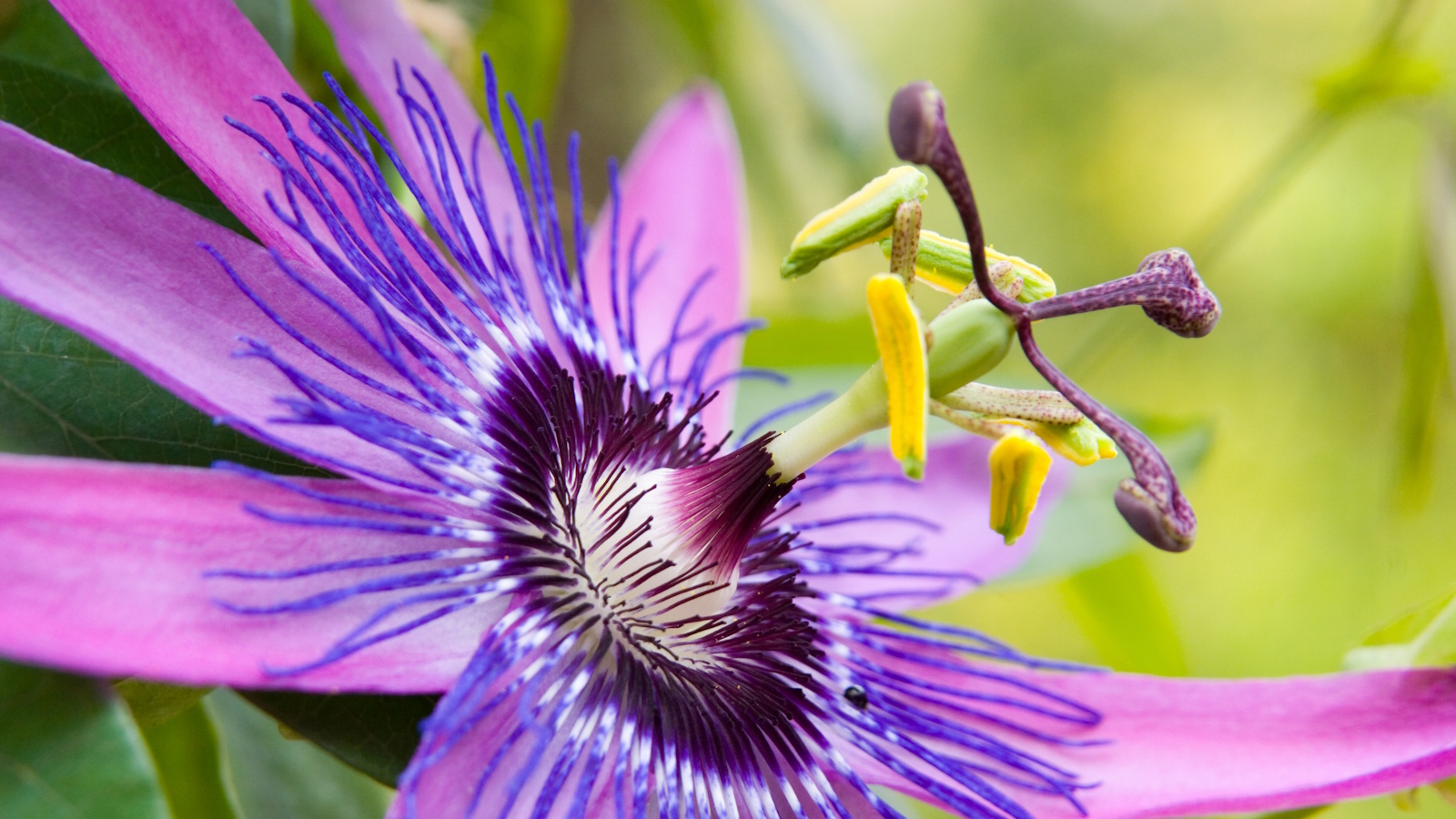 How to grow passion flowers in pots – the ultimate flowering vine that will transform any garden, whatever the size
How to grow passion flowers in pots – the ultimate flowering vine that will transform any garden, whatever the sizeLearning how to grow passion flowers in pots is a great option for gardeners with compact yards
-
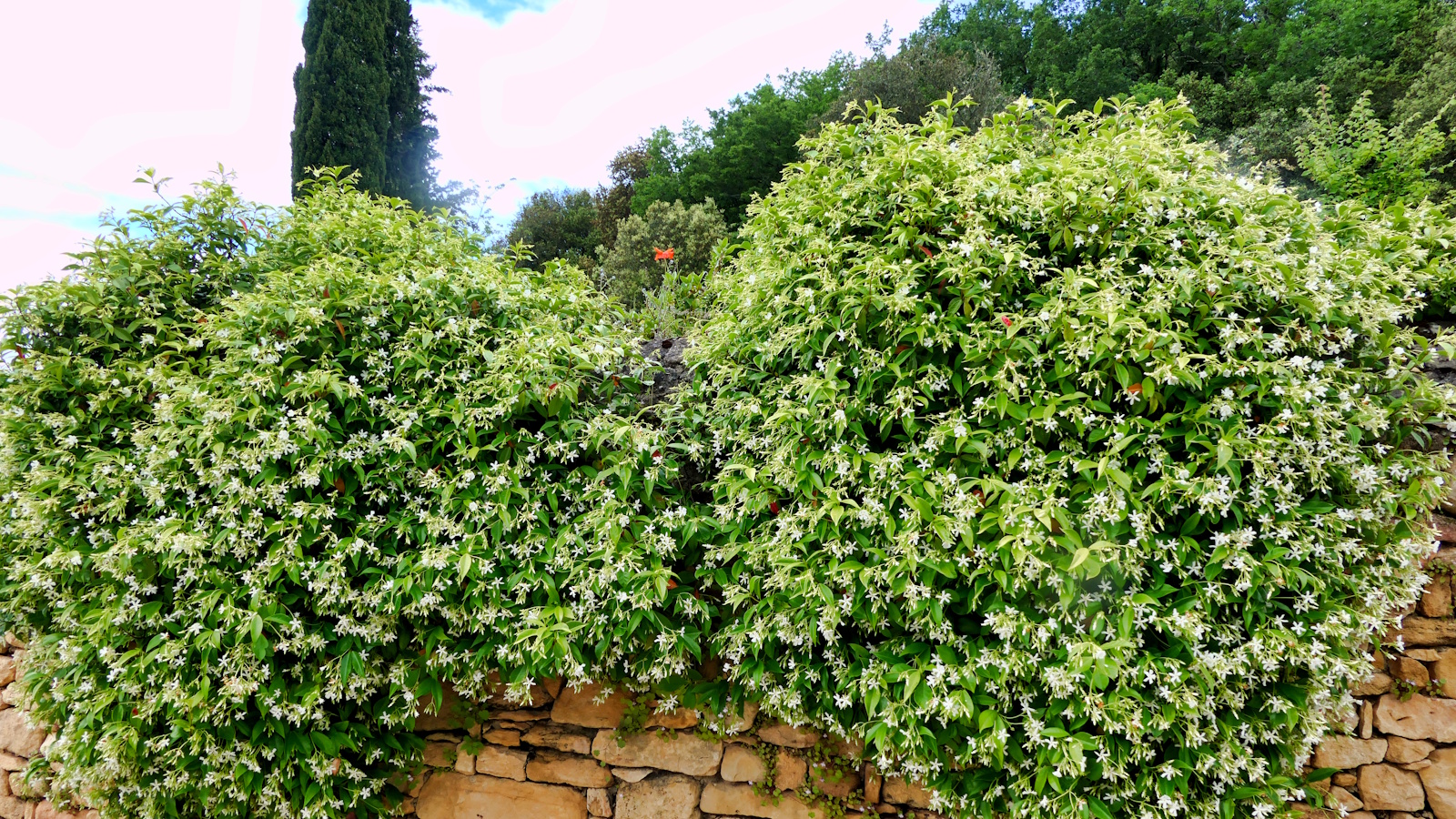 How to fertilize star jasmine – experts reveal the secrets for healthy climbing plants with masses of scented blooms
How to fertilize star jasmine – experts reveal the secrets for healthy climbing plants with masses of scented bloomsFeeding your vines at the right time can give them a boost during the growing season
-
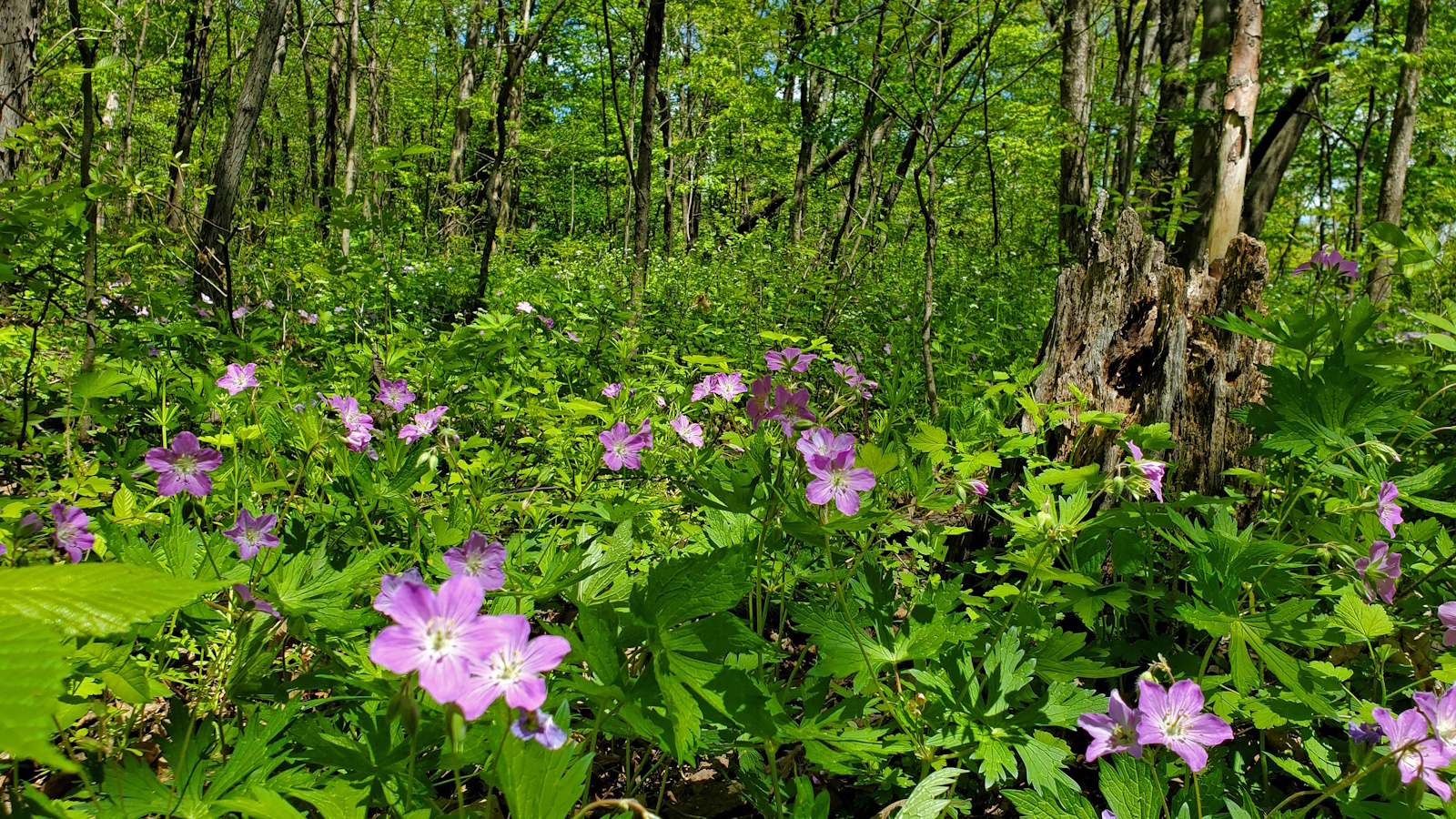 How to grow wild geranium – for a hardy flowering perennial that will thrive in shady gardens
How to grow wild geranium – for a hardy flowering perennial that will thrive in shady gardensThis tough perennial is a good option for adding color to darker borders

